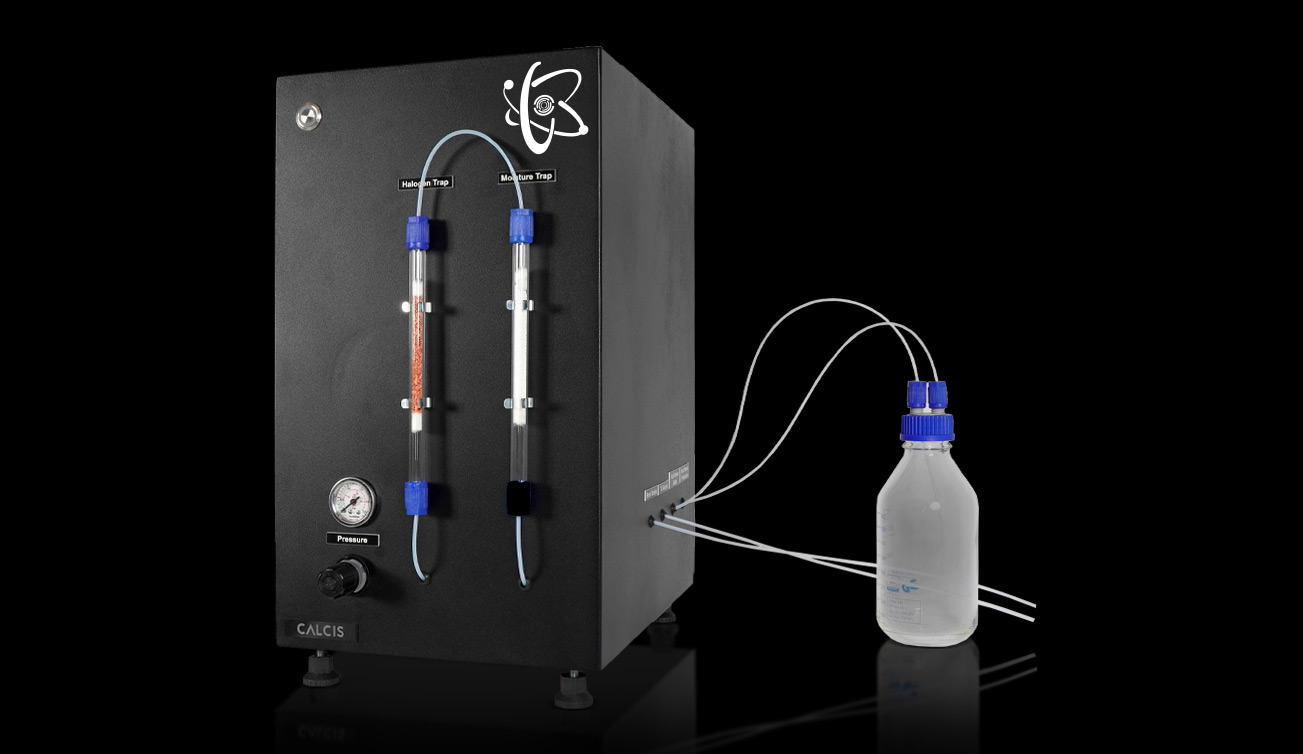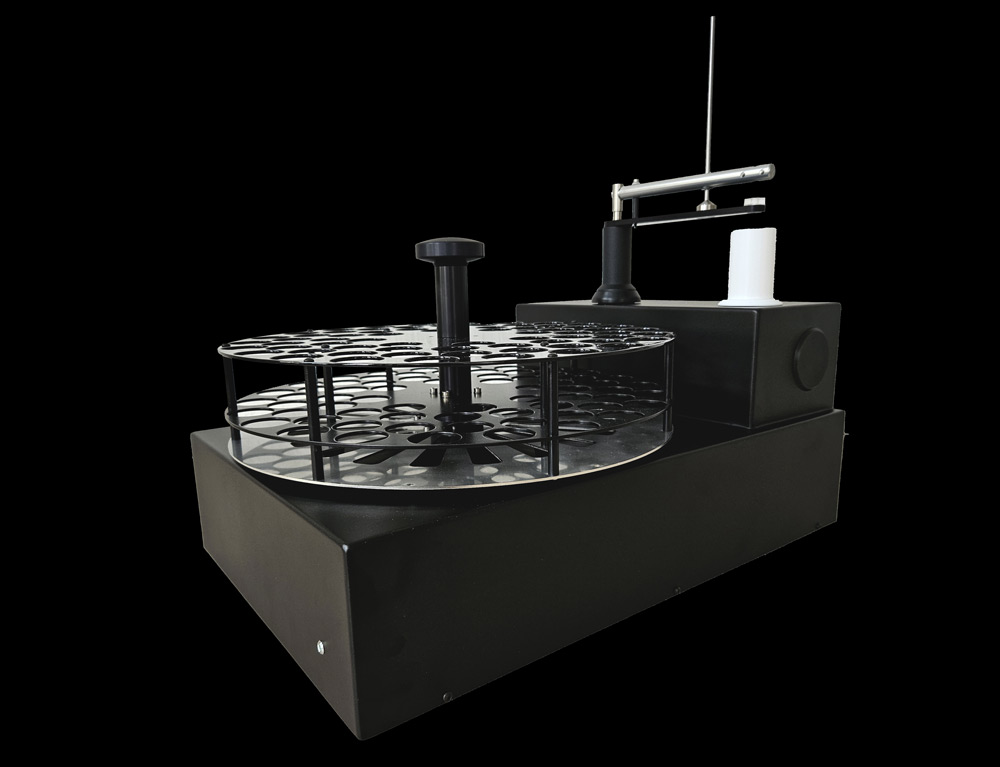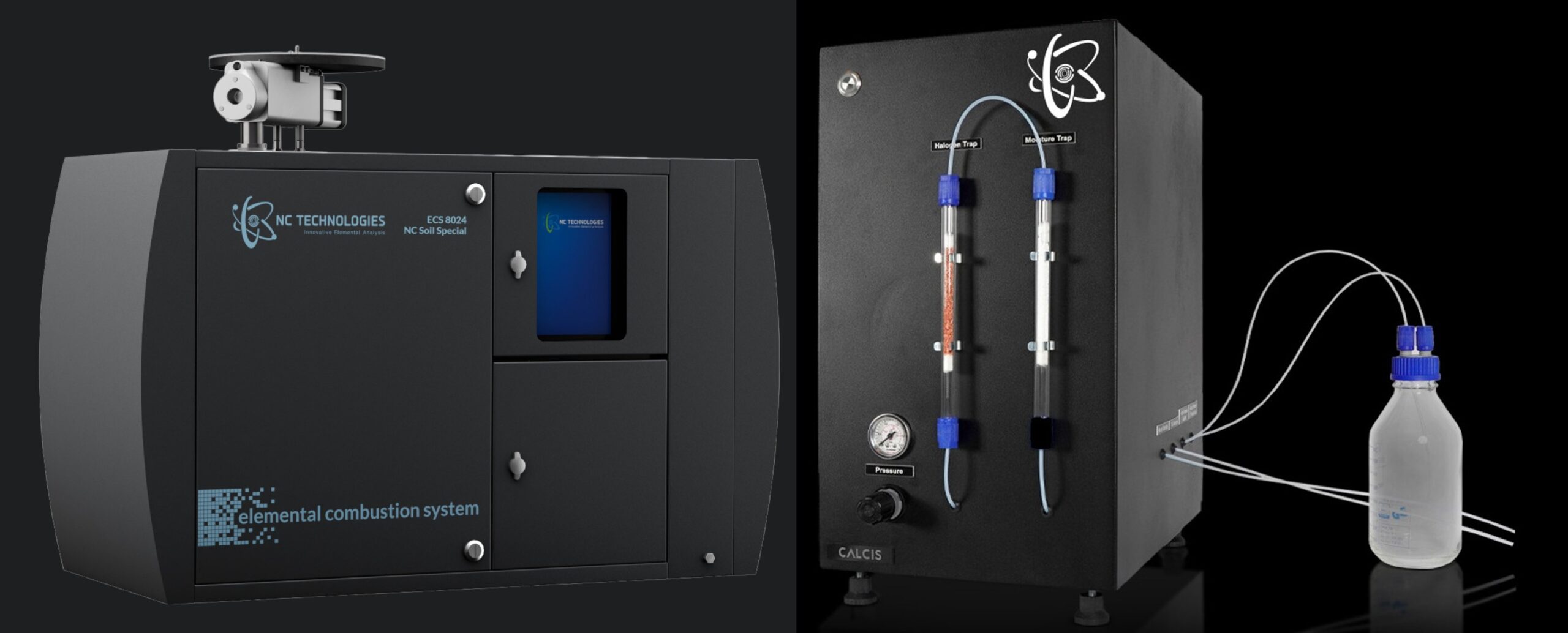TIC DISCOVER
Determining carbon has never been easier
Carbon speciation is an analytical practice of fundamental interest in various sectors and therefore applies to both solid and liquid samples; in particular, it is essential for a complete characterization of environmental matrices.
The presence of carbon in the various matrices is given by the sum of Total Organic Carbon (TOC) and Total Inorganic Carbon (TIC).
TOC: “organic carbon” refers to both that present in the form of well-defined chemical compounds (sugars, fatty acids, hydrocarbons, etc.), and the carbon that constitutes bacteria and other microorganisms.
TIC: carbon present in inorganic form (i.e. CO2, dissolved carbonates and bicarbonates, and other ions such as cyanides, cyanates and thiocyanates)
With this method the TOC is obtained by the difference between the results of the TC and TIC measurements. The total carbon (TC) present in the undried sample is converted into carbon dioxide by combustion in a gas flow containing oxygen free from carbon dioxide. To ensure complete combustion, catalysts and/or modifying agents may be used. The amount of carbon dioxide released is measured by infrared spectrometry, gravimetry, coulometry, conductometry, thermal conductivity detection, flame ionization detection after reduction to methane, or other suitable techniques. The TIC is determined separately from another subsample by acidification and purging of the released carbon dioxide. The carbon dioxide is measured by one of the above techniques.
With this method the carbonates present in the undried sample are previously removed by treating the sample with acid. The carbon dioxide released from the subsequent combustion phase is measured by one of the techniques mentioned in method A and indicates the TOC directly.
As mentioned, the determination of TOC is required in many sectors, especially the environmental one. The determination of TOC in soils suspected of contamination, in fact, can provide important information on the possibility of transmitting organic pollutants to the underlying aquifers, or even on the possible formation of biogas pockets due to the decomposition of organic substances; this last information is notably important when you want to use a soil (or a solid waste considered inert) for the construction of embankments and road embankments; or it is possible to use the TOC as an acceptability criterion for waste to be sent to landfill; or the determination of TOC offers a very valid system for evaluating the concentration of algal biomass, the presence of carbon and organic nitrogen in anaerobic digestion reactors, the purity of condensates exiting from steam turbines.
These are just a few examples for which to speciate carbon.
The TIC DISCOVER is the analyzer through which to determine the TIC using Method A, in a completely automatic way.



The TIC DISCOVER is an analyzer for the automatic determination of TIC.
It is equipped with a main unit that houses the NDIR detector, electronics, valves, flow controllers and traps for SO2 and humidity.
The autosampler houses up to 68 vials with septum, the dual-core probe for dispensing the acid and the sampling of the headspace.
All it needs is a PC, a balance and a carrier of your choice between air or nitrogen.
The TIC DISCOVER + ECS 8024 NC SOIL SPECIAL package gives you the possibility to determine both TOC and TIC in a completely automatic way.
Want to know more? Contact us!